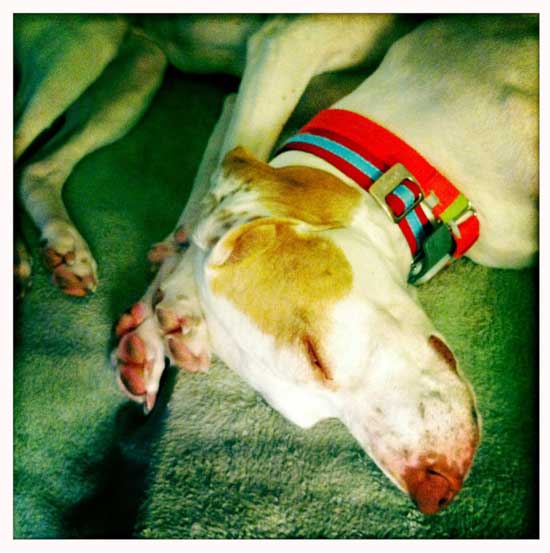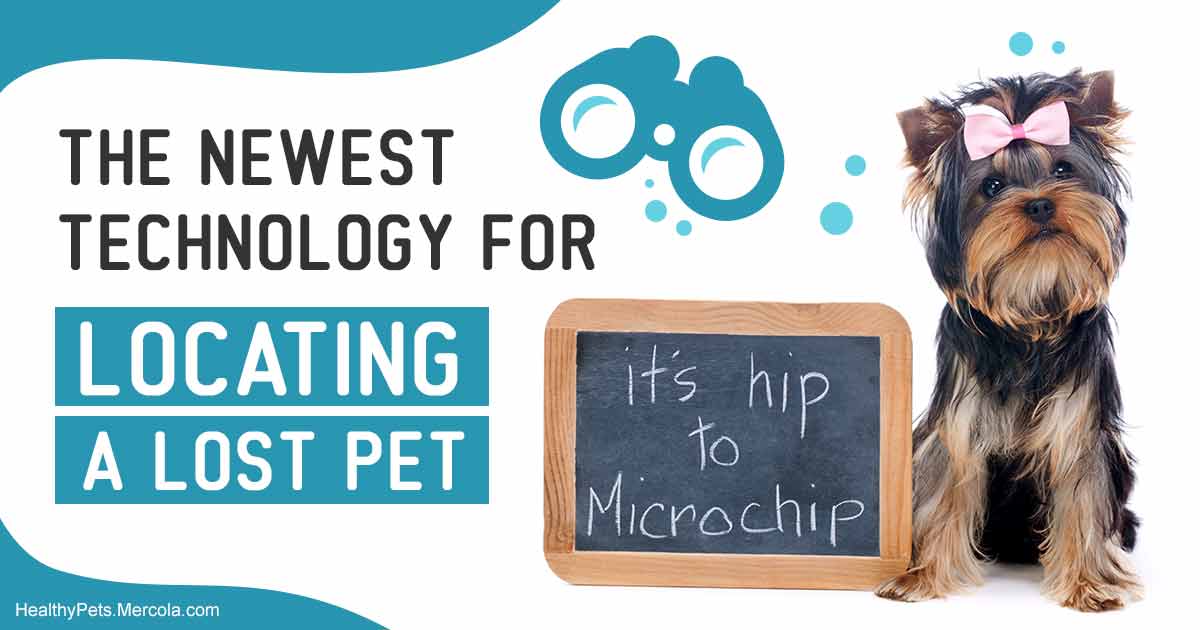If you’’ ve ever misplaced a furry relative, even quickly, you ’ re acquainted with the panic that grips you the 2nd you recognize he’’ s missing out on — and your worry just increases the longer it requires to discover him. As time passes and your — precious family pet stays out there someplace, it can be extremely hard to deal with mentally.
.
Losing an animal buddy to death is difficult enough. Losing one to an unidentified fate frequently resultsin remaining sensations of regret, regret and worry– in addition to a damaged heart. In case you ’ re thinking, “ I never ever let my animal out of my sight, so there ’ s no other way he ’ ll ever get lost, “” it ’ s essential to keep in mind that according to a 2012 study (the most current) of U.S. animal owners, 15% had actually lost a pet dog or feline in the last 5 years.1
.
If you ’ re a pet moms and dad, keeping your pet or feline safe and’safe and secure must be your very first concern, which consists of guaranteeing he can be quickly recognized if he goes missing out on. There are numerous approaches for determining family pets, consisting of ID tags, GPS tracking gadgets, long-term tatoos and microchips.
. ID tags.
• Standard ID tags– Abasic family pet ID tag is made from plastic or metal and hangs off your family pet’s collar or harness. Tags are etched with owner contact details– normally simply a contact number due to area restraints– and either the animal’s name or a brief expression like “Needs Meds” or” Reward — for Return “( which I advise).
.
The advantages of this kind of tag are the expense and the reality that a Good Samaritan who discovers your family pet can call you instantly as long as your existing contact number, consisting of location code, is inscribed on the tag. It’s likewise an excellent concept to have a backup telephone number etched listed below yours in case you can’t be instantly grabbed some factor.
.
A disadvantage to basic ID tags is that the inscription can diminish with time, making the tag difficult to check out.There’s likewise the requirement to be thorough in keeping the tag upgraded with your existing contact info, and guaranteeing your animal is never ever, ever without her collar or harness.
.
• Digital ID tags– These are ID tags or collars that are connected to an online membership service (e.g., PetHub ,
. GPS tracking gadgets.
GPS trackers are developed more for individuals who wish to keep track of the comings and goings of an off-leash family pet than for individuals wishing to recuperate a lost canine or feline.These gadgets do not determine your family pet if somebody discovers him– their function is to assist you determine his area if he endeavors past the” virtual fences “you established as signals.
.
This kind of gadget can be an excellent financial investment if you hang around — delighting in outside activities with your canine off-leash. it might may likewise in handy if you take place to live on a big piece of residential or commercial property and your animal has the run of the locationHelpful
.
Another circumstance in which it may be helpful is if your family pet is a regular runner or escape artist , like my client Victor, below, who uses 2 GPS collars. Clearly, because case, your pet likewise requires extensive habits adjustment to suppress his propensity to run, however a GPS gadget may use an included step of security.
.  Permanent tattoos.
Permanent tattoos.
This approach of ID ’ ing your animal includes tattooing a special code or details on the inner pinna (ear flap), the belly or inner leg of a fully grown( totally grown) animal. Preferably, ID tattoos are done while an animal is under anesthesia for another treatment. Otherwise, a sedative and regional anesthesia ought to be utilized.
.
Tattooing is the technique I utilize to completely recognize my family pets. I put my telephone number (which hasn ’ t altered in a long time) on their inner thighs. Undoubtedly, if your telephone number or other individual info modifications regularly, this might not be a great choice for you.
Another prospective drawback is that you need to hope the individual who discovers your animal understands to search for a tattoo, and this is particularly difficult if your family pet is really furry. In this case, the earflap is a much better place for a tattoo, however many individuals put on ’ t like earflap markings for visual factors.
.
You can increase the probability your tattooed family pet will be gone back to you by signing up the number with AKC Reunite or the National Dog Registry . Any number can be signed up with the National Dog Registry, and all tattooed animals can be registered in the AKC Reunite program no matter types, size, age or number utilized.
.
A downside to a tattoo is that it might blur or fade gradually and end up being challenging to check out. Another layer of black ink can be used to bring back the tattoo.
. Microchips.
Microchips have to do with the size of a grain of rice. They ’ re injected under the skin in the neck location in between the shoulders and offer an irreversible methods ofdetermining your family pet.
.
Microchip positioning is really comparable to a vaccination. A little bit of loose skin in between the animal ’ s take on blades is carefully brought up, and the needle including the chipis placed. The trigger is depressed, injecting the microchip underneath the skin. I do not get numerous ask for microchipping, however given that the injection can be a bit agonizing, when I’m asked to put one, I constantly utilize aanesthetic.
.
Each chip is geared up with an electro-magnetic transponder with a distinct code that need to be signed up with a healing program like HomeAgain or Avid . If an animal is lost, a lot of veterinary workplaces, shelters and gentle societies have scanners that can find the chip inside the animal ’ s body and check out the code on it.
.
As long as your family pet ’ s microchip has actually been signed up and your details is updated in the healing program database, the chip has actually not moved too far from the injection website and the individual scanning for the chip has the appropriate scanning gadget and understands how to utilize it, it ought to be fairly simple to reunite you with your furry relative.
.
It ’ s crucial to understand that the security of microchips has actually been an issue for numerous pet guardians and a lot of us in the integrative veterinary neighborhood. Uncommon, growths have actually been associated with implanting foreign items in animals. For a current upgrade on the benefits and drawbacks of microchips, consisting of concerns surrounding the universality and precision of chip scanning gadgets, Dr. Jean Dodds has actually published a thorough short article I motivate you to check out: “ Microchipping Pets . ”
.
Bottom line: Each technique for ID’ ing your family pet has cons and pros, so the supreme choice is yours and ought to be based upon your animal’s character and way of life, along with your convenience level with the recognition technique you select for your furry member of the family.
.
I advise that every family pet have a basic updated ID collar or tag in addition to whatever other ID approach their owner selects, given that the most convenient, fastest method for somebody who has actually discovered your animal to discover you, is to take a glimpse at the contact details included on his tag or collar.
. Sources: Bark Post Comments( 2) .
Read more: healthypets.mercola.com




Recent Comments